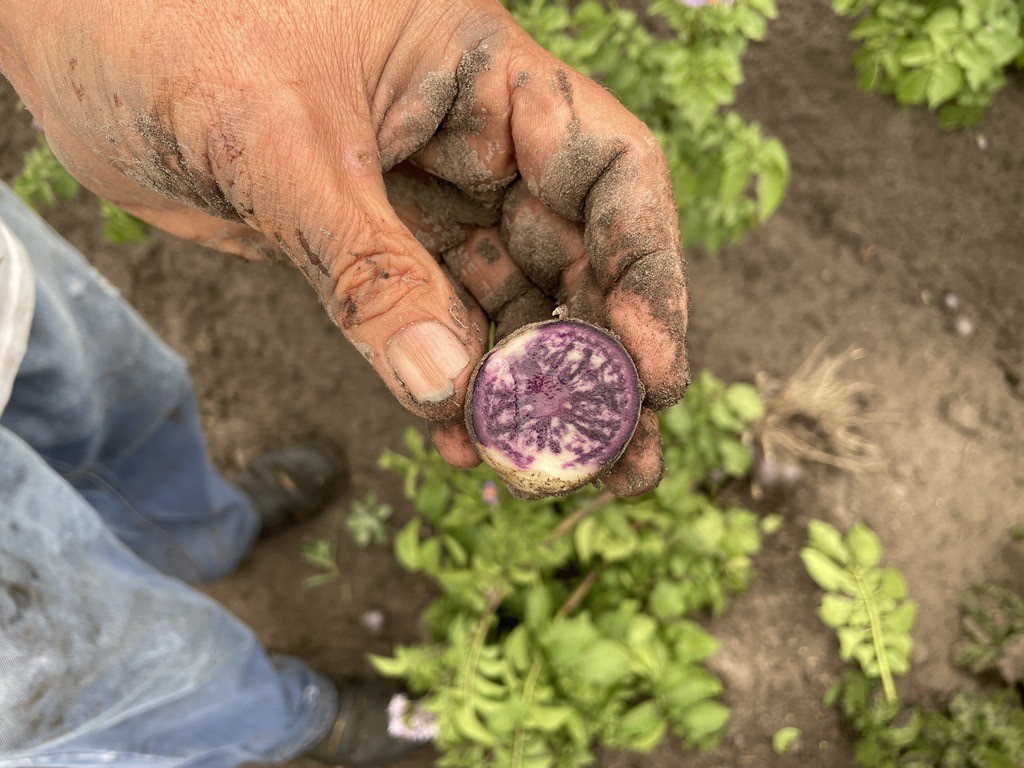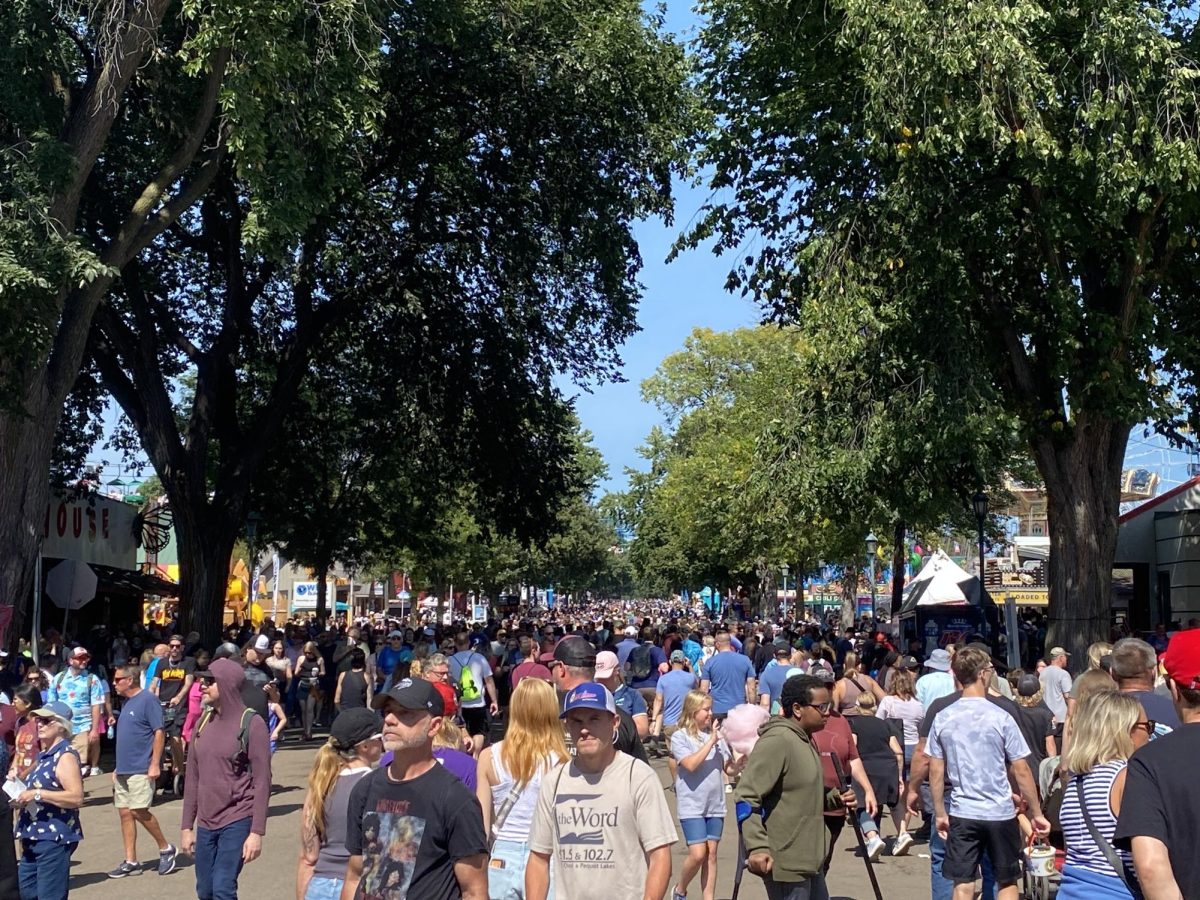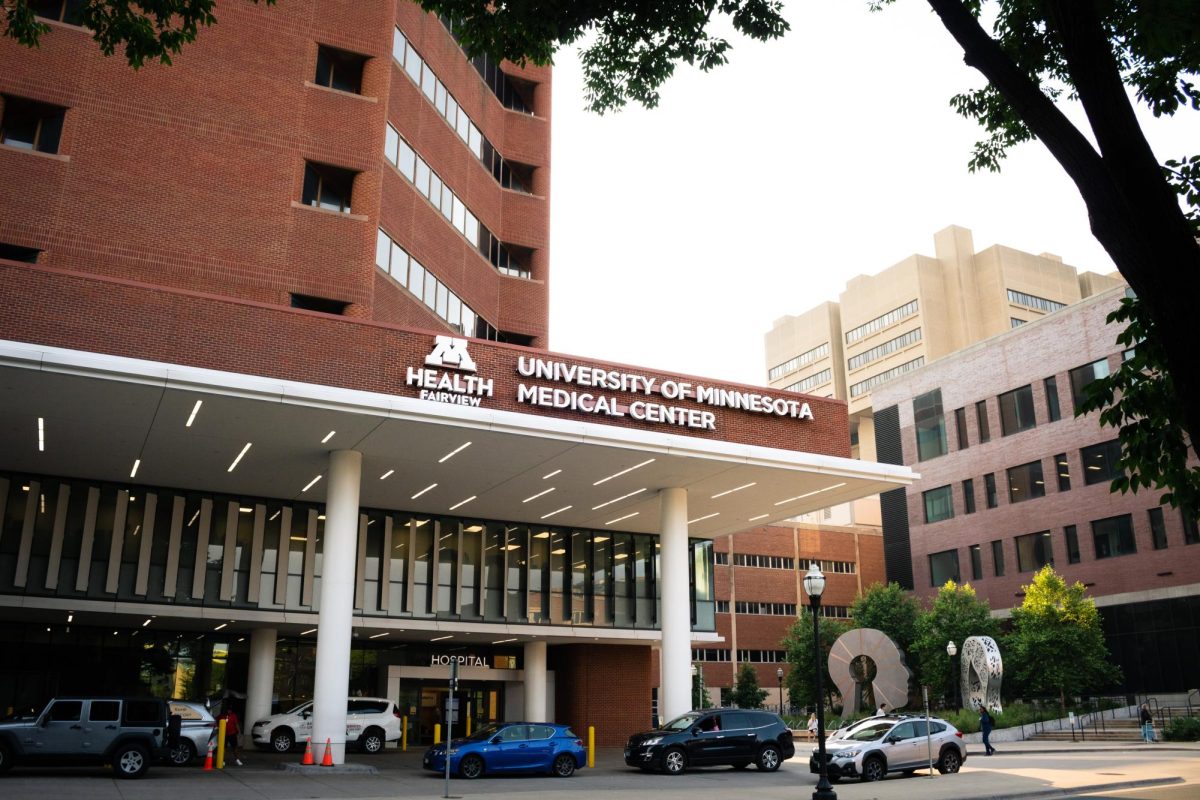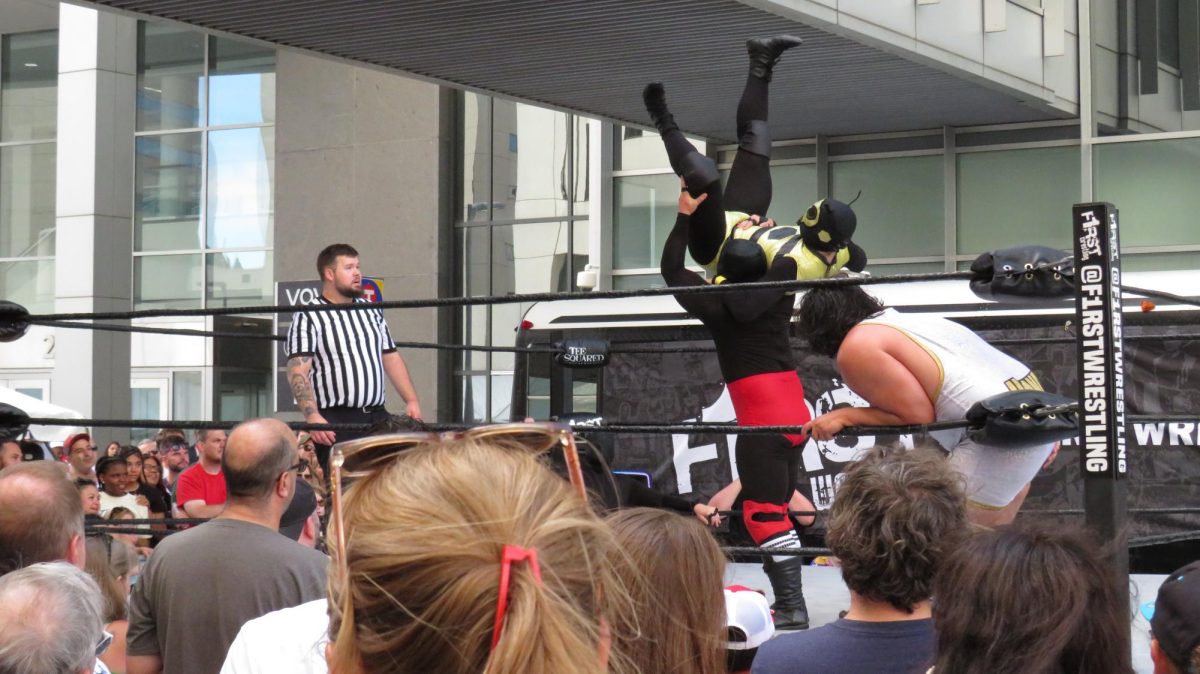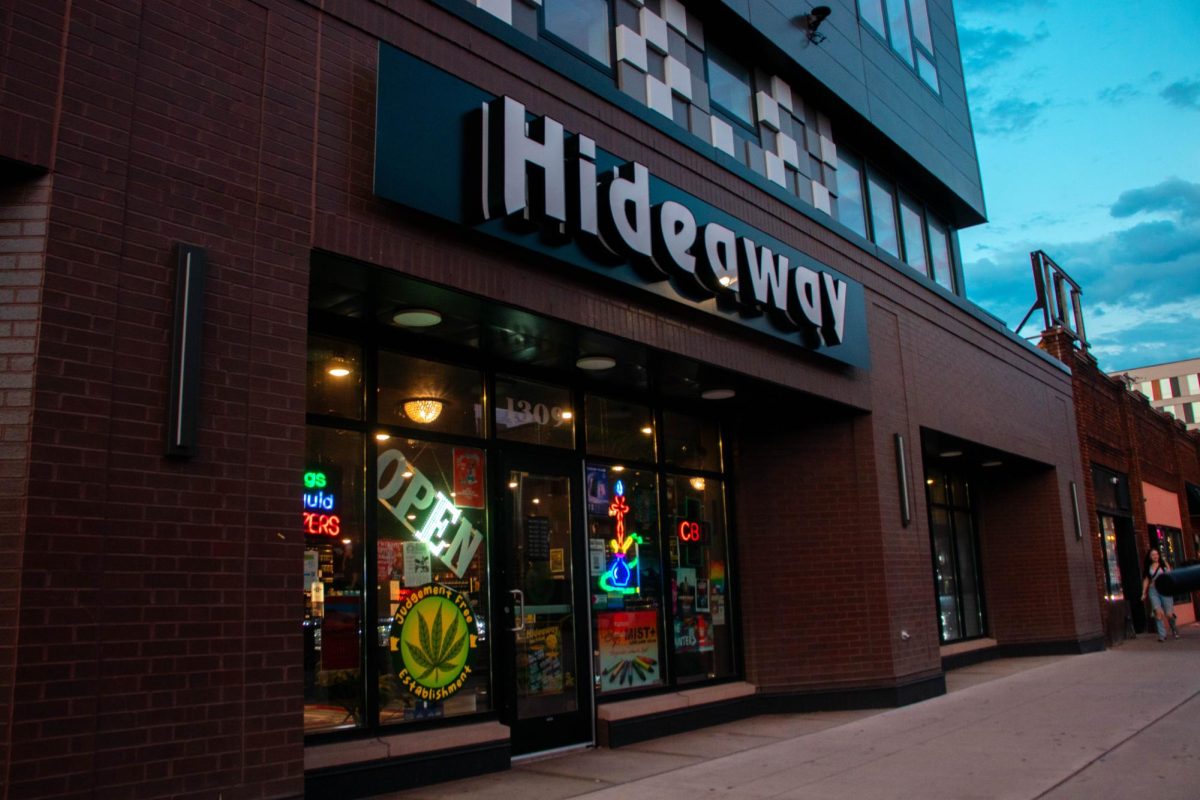The Mayo Clinic had never set up organized disaster relief on foreign soil, but after a year of reconnaissance, planning and waiting for the civil unrest surrounding elections to subside, Mayo began a mission to Haiti.
From February to June, Mayo sent eight teams of doctors, nurses, paramedics and pharmacists to provide patient care and medical supplies. Now they are beginning Phase Two.
All along, the relief teams and planning committees knew two things: They wanted to return to Haiti, and they wanted to bring sustainable, autonomous health practices to the hospitals there.
To that end, Mayo doctors have started a series of weekly conference calls with Haitian physicians
on Skype. ItâÄôs the type of collaboration that happens frequently within Mayo, between doctors who want to exchange best practices and advice.
During the calls, Haitian doctors present difficult patient case studies to the Mayo doctors to discuss possible diagnoses and treatment.
Mayo employees will return to HaitiâÄôs capital city, Port-au-Prince, on July 11 to provide a âÄúcontinual
supportive roleâÄù of sequential teams, said Dr. John Wilson. Wilson directs the Mayo Clinic Department of MedicineâÄôs Program of Underserved Global Health, which will fund Phase Two.
The new phase will include more paramedics and pain control experts.
âÄúWeâÄôd like for this to be a very long-term program,âÄù Wilson said, âÄúhopefully years.âÄù
Michelle Holm, pharmacist
Since just one of every three Mayo staff members who applied to go were accepted, most volunteers only went to Haiti once. Michelle Holm was one of several pharmacists asked to return to help implement a computer system that tracks medical supplies on-site. The program runs in English and Haitian Creole.
Developing the pharmacy inventory system was a group effort involving pharmacists from several of MayoâÄôs Haiti teams over a span of weeks, said Mayo spokeswoman Sharon
Theimer. It continues as other pharmacists add drugs to the database from their computers in Minnesota.
All the visitors used their paid time off or vacation days from Mayo to go to Haiti, but Holm also spent many nights and weekends working on the specifications of the computer program. With the help of her husband, who works for Mayo Information
Technology, Holm secured it for a fraction of its actual cost.
The couple then flew to Haiti to train the Haitian doctors and nurses to use the program. Some of them had never used the Internet and struggled to move the mouse and double click, she said.
âÄúIâÄôm freaking out, telling my husband, âÄòWeâÄôre going to fail. She canâÄôt open the internet,âÄôâÄù Holm said. After they passed that hurdle, though, the nurses learned the actual program in 10 minutes, Holm said.
At Mayo, pharmacists like Holm accompany doctors on rounds to help doctors determine correct dosing, administration and scheduling of medications for critical patients.
HolmâÄôs bedside manner was put to the test, she said, when a 7-year-old boy came screaming into the clinic where she was helping. The boy had an abscess on his leg the size of a second knee.
Holm and four others held him down while a doctor drained, stitched and bandaged the spot, using only a mild local anesthetic.
Still, when Holm gave him energy bars as he was leaving, the boy was so grateful that he smiled and âÄúgave everybody knuckles,âÄù she said.
âÄúThese [Haitian] people cherish everything âÄî they wouldnâÄôt take a 9-to-5 job in an air-conditioned facility for granted,âÄù Holm said.
Dr. Walter Franz, family medicine
A military doctor for more than 20 years, Dr. Walter Franz helped strategize MayoâÄôs efforts in Haiti as well as serve with teams, âÄúboots on the ground,âÄù he said.
After deployments to the Middle East, South America, Africa and Germany, Franz said he recognizes the difference between âÄúmedical tourism,âÄù âÄî going to see a disaster âÄî and truly serving a need.
âÄúWe arrive and say, âÄòDonâÄôt worry about us. What can we do?âÄô Not, âÄòWhereâÄôs your cafeteria?âÄôâÄù he said.
Franz viewed his interactions with Haitian doctors as mutually informative.
Since cholera is almost nonexistent in the U.S., he and other team members had prepared by using MayoâÄôs simulation center, but never worked with real cholera patients.
Franz came expecting to treat cholera, which results in severe dehydration, with three or four bags of IV fluid. He soon learned from Haitian doctors and nurses that patients might need anywhere from eight to 40 bags of fluid for proper rehydration.
Franz was impressed with the HaitiansâÄô resourcefulness in areas like medical records. Despite the chaos, Haitian medical staff âÄúchartedâÄù cholera patientsâÄô fluids by keeping a graphic tally on their IV bags.
Michelle Enos, family medicine nurse
âÄúWhen you care, thatâÄôs a universal language,âÄù said Michelle Enos, a family medicine nurse.
Still, Enos said she was frightened to be on the Haiti team because she didnâÄôt have an emergency
care background. She does, however, have 33 years of experience as a Mayo nurse and has held three leadership positions on hurricane relief missions in the U.S.
In the Port-au-Prince hospital, Enos constantly hydrated cholera patients and emptied the black, plastic buckets used for going to the bathroom. It âÄúwasnâÄôt as bad as it sounds,âÄù because the patientsâÄô fluid is odorless, almost entirely water volume and electrolytes, she said.
Enos said she and her Mayo colleagues quickly learned to praise the Haitian nurses. It helped ease tension and suppress notions of intimidation.
Sometimes, she brought snacks from where Mayo volunteers stayed to the other volunteers at the hospital, who were living long-term in tent camps nearby.
When new admissions came in toward the end of a shift, volunteers willingly stayed to continue helping, Enos said.
âÄúThatâÄôs the hardest IâÄôve ever worked in my life,âÄù she said.
Enos knew she provided care for people who might return to the streets as soon as they were well.
âÄúItâÄôs like a drop in the ocean,âÄù she said.
Thom Linville and Michelle Nelson, paramedics
Two employees of Gold Cross Ambulance Service, which provides emergency support and medical transport to Mayo Clinic, were handpicked for the last of the eight Haiti envoys to do triage âÄî prioritizing patients based on the severity of their condition âÄî and to teach emergency medical first response to locals. Paramedics Thom Linville and Michelle Nelson returned to Minnesota on June 4.
âÄúHow come youâÄôll never see one of us alone?âÄù asked Linville, sitting beside Nelson. âÄúCause weâÄôre pair oâÄô medics. Okay, thatâÄôs the last joke IâÄôll make.âÄù
The role of emergency respondents in Haiti came naturally to Linville and Nelson. If there is a mass casualty in Rochester, Minn., the pair and their colleagues are the first to the scene, determining who needs immediate care, who can wait and who might be beyond help.
In Haiti, the two taught guards, construction workers, gardeners and interpreters âÄî anyone who was near the hospital âÄî how to sling a broken arm, start an IV and stop bleeding.
Though not medical professionals, the Haitians learned quickly. Procedures that required multiple attempts and demonstrations at a class in Rochester would be performed perfectly on the first try by the Haitians, Linville said.
âÄúThey were like sponges âÄî very quick learners,âÄù Linville said. âÄúThey knew they needed to [be].âÄù
Several of the translators have stayed in touch with Nelson, emailing to ask how sheâÄôs doing.
Linville said he thinks the training will continue to benefit all the Haitians they met and will spread as those people teach others.
Nelson and Linville were moved by the attitude of helpfulness they saw.
âÄúItâÄôs a different culture âÄî they care for each other,âÄù Linville said.
Phase Two
Mayo staff are developing Phase Two programs tailored to the ongoing needs of Haitians.
One initiative in the works is a physicianâÄôs online training platform that will incorporate chat, messaging and a wiki of information about medical topics.
A goal will be developing an accredited nursing curriculum for Saint Damien and St. Luke, an adjunct hospital, but it will involve cooperation with multiple outside sources, according to the Program of Underserved Global Health.
Teams of pain management experts and hospital first responders are planning for the next wave of assistance in July.
âÄúTrain the trainer,âÄù said Dr. Walter Franz, family medicine, who led one of the first eight teams. âÄúThatâÄôs a real multiplier.âÄù
Finding a Site
In summer 2010 and again in the fall, Mayo sent assessment teams to various hospitals and organizations in Haiti that were possible sites to bring in Mayo volunteers. It was important the existing organization be able to provide safe lodging and meals for Mayo volunteers.
In the end, Mayo chose to work with a non-governmental organization called Operations Blessing International , a previous partner on medical missions to El Salvador and Honduras. The NGO had been working in Haiti at a hospital called Saint Damien even before the devastating quake.
One of the benefits to working with OBI was it had a house that slept 12 to 14 people that wasnâÄôt damaged by the earthquake. The group also had stores of purified water available.
Saint Damien began as a 120-bed pediatric hospital, free to the public through private donations. Overrun by patients young and old, Saint Damien developed additional care areas last fall, including an adult clinic, called St. Luke, and a separate trauma unit, named St. Philomena .
Hospital staff constructed the adult clinic out of massive plastic cargo containers connected by wooden ramps. Each cargo box could hold 12 to 15 beds. The cholera area was nothing more than a string of tents and cholera beds âÄî with holes for placing a bucket underneath to catch the constant stream of waste that characterizes the disease.
During the eight weeks that Mayo teams came to assist, they developed an emergency room and intensive care unit as well.


